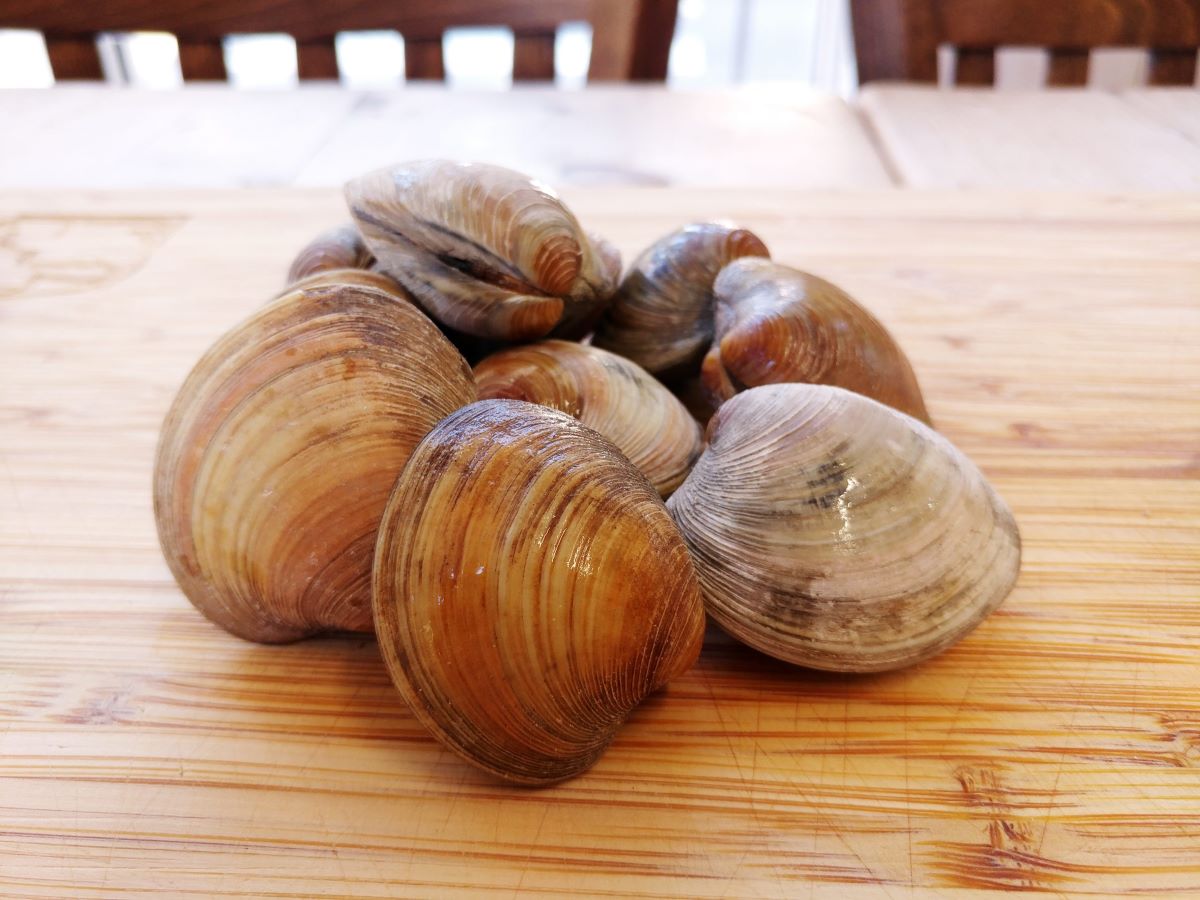

Articles
How To Store Little Neck Clams In Fridge
Modified: December 7, 2023
Learn the best way to store fresh little neck clams in your refrigerator for optimal freshness and taste. Our articles provide helpful tips and tricks.
(Many of the links in this article redirect to a specific reviewed product. Your purchase of these products through affiliate links helps to generate commission for Storables.com, at no extra cost. Learn more)
Introduction
Welcome to our guide on how to store little neck clams in the fridge! Little neck clams, also known as littleneck clams, are a popular seafood delicacy known for their sweet and tender meat. These small clams are often enjoyed in a variety of dishes, including clam chowder, pasta dishes, and even on the half-shell.
Properly handling and storing clams is essential to maintain their freshness and quality. If not stored correctly, the clams can spoil quickly and become unsafe to consume. In this article, we will take you through the necessary steps to ensure your little neck clams stay fresh and delicious for days.
From cleaning the clams to storing them in the fridge, we will provide you with expert tips and techniques to maximize the shelf life of these delicate seafood gems. So, let’s dive in and learn how to properly store little neck clams in the fridge!
Key Takeaways:
- Keep little neck clams alive, handle with care, and store in the fridge to maintain their freshness and quality. Follow expert tips for cleaning, storing, and maximizing flavor to enjoy these delicate seafood gems.
- Prioritize food safety and freshness when handling little neck clams. Source from reputable suppliers, store in a cool environment, and cook thoroughly for a delightful dining experience.
Read more: How To Store Little Neck Clams
Properly Handling Little Neck Clams
Before storing little neck clams in the fridge, it’s important to handle them with care to maintain their freshness and integrity. Here are some essential steps to follow when handling these delicate clams:
- Inspect the clams: Start by visually inspecting the clams. Look for any damaged or cracked shells, as these clams may not be safe to consume. Discard any clams with broken shells.
- Live clams: Little neck clams should be alive when purchased. Tap the clams lightly on the shell; if they close up, it means they are still alive. If any clams remain open and do not close after tapping, discard them, as they are likely dead and could cause food poisoning.
- Keep clams cold: Clams are best kept cold to maintain their freshness. Ideally, purchase clams from a reputable seafood market that stores them in a refrigerated case.
- Transportation: When bringing clams home, it’s crucial to keep them cool during transportation. Place them in an insulated cooler with ice packs or surround them with ice to ensure they remain chilled.
- Timing: If you’re not planning to cook the clams immediately, it’s best to store them in the fridge as soon as possible. The longer they are left at room temperature, the higher the risk of spoilage.
By following these simple steps, you can ensure that you are starting with fresh and healthy little neck clams before moving on to the cleaning and storage process.
Cleaning Little Neck Clams
Properly cleaning little neck clams is crucial to remove any impurities or sand that may be trapped inside the shell. Here’s a step-by-step guide on how to clean these clams:
- Rinse the clams: Start by placing the clams in a colander and rinsing them under cold running water. This helps remove any dirt or debris on the surface of the shells.
- Soaking method: Fill a large bowl or basin with cold water. Add about 1/4 cup of salt per gallon of water and stir until dissolved. Place the clams in the saltwater solution and let them soak for 20 minutes. This step helps to purge any sand or grit from inside the clams.
- Scrub the shells: After soaking, use a clean brush or scrubbing pad to gently scrub the shells of the clams. This helps remove any remaining dirt or debris.
- Rinse again: Rinse the clams once more under cold running water to remove any loosened dirt or sand.
- Check for damaged clams: While cleaning, carefully inspect each clam. Discard any clams with open or cracked shells, as they may be spoiled or dead.
It’s important to note that not all clams will require extensive cleaning. If you source your clams from a reputable seafood market, they may already be cleaned and purged, reducing the effort needed on your end. However, it’s always good practice to give them a quick rinse and check for any damaged clams before storing or cooking.
Storing Little Neck Clams in the Fridge
Once you’ve inspected and cleaned your little neck clams, it’s time to store them properly in the refrigerator to maintain their freshness. Follow these steps to ensure the clams stay in the best possible condition:
- Use an airtight container: Transfer the cleaned clams into a shallow container with a lid or cover it tightly with plastic wrap. This helps prevent moisture loss and keeps the clams from absorbing any odors from other foods in the fridge.
- Add a damp cloth or paper towel: Place a damp cloth or paper towel over the clams to provide them with some moisture. This helps keep the clams hydrated and prevents them from drying out.
- Store in the coldest part of the fridge: Find the coldest section of your refrigerator, usually the back or bottom shelf, and place the container of clams there. The temperature should be around 35°F to 40°F (1.7°C to 4.4°C) to maintain freshness.
- Do not submerge in water: It’s important not to store the clams in water, as they may drown and spoil. The clams should be able to breathe, so avoid sealing them in a watertight container.
- Store for a short duration: Little neck clams are best consumed within a few days of purchase. Avoid storing them for too long, as they can start to lose flavor and quality.
By following these storage guidelines, you can keep your little neck clams fresh and safe for cooking. Remember to check the clams daily and discard any that show signs of spoilage, such as open shells or an unpleasant odor.
Store little neck clams in the fridge by placing them in a bowl and covering them with a damp cloth or paper towel. Keep them in the coldest part of the fridge and use within 1-2 days for the best quality.
Tips for Maximizing Freshness
To ensure the maximum freshness and flavor of your little neck clams, consider these additional tips:
- Buy from a reputable source: Purchase your clams from a trusted seafood market or fishmonger that has a good reputation for quality and freshness.
- Choose live clams: When selecting clams, opt for live ones that are tightly closed or close when tapped. This is an indication of their freshness and viability.
- Cooking time: Clams are best cooked as soon as possible after purchase. The longer they sit in the fridge, the greater the chance of deterioration in quality.
- Proper storage temperature: Ensure your refrigerator is set at the appropriate temperature range of 35°F to 40°F (1.7°C to 4.4°C) to maintain the quality and freshness of the clams.
- Keep moisture levels in check: Excessive moisture can lead to spoilage. While storing clams, make sure to remove any excess water that may accumulate in the container.
- Keep clams separate: Store clams separately from other seafood or strong-smelling foods to prevent cross-contamination and absorption of unwanted odors.
- Inspect before cooking: Before cooking the clams, give them a final inspection. Discard any clams that have opened and don’t close when lightly tapped.
- Use a colander for soaking: When soaking clams, use a colander that allows water and sand particles to drain away easily.
Following these tips will help ensure that your little neck clams are as fresh and delicious as possible, providing you with an enjoyable dining experience.
Read more: How To Store Clams In The Fridge
Checking Clam Quality and Safety
Before consuming little neck clams, it’s essential to check for quality and safety. Here are some guidelines to ensure you’re consuming safe and healthy clams:
- Freshness: Fresh clams should have tightly closed shells or close when tapped. Discard any clams with open shells, as they are likely dead or spoiled.
- Odor: Fresh clams should have a mild and pleasant seawater scent. Avoid clams that emit a strong, foul odor, as it could indicate spoilage.
- Cooking: Clams should be cooked thoroughly until their shells open. Any clams that do not open during cooking should be discarded, as they may be unsafe to consume.
- Allergies and sensitivities: It’s important to be aware of any allergies or sensitivities to shellfish. If you or someone you’re preparing the clams for has a known allergy, refrain from consuming or handling the clams to prevent allergic reactions.
- Storage duration: Little neck clams are best consumed within a few days of purchase. The longer they are stored, the greater the risk of spoilage and decline in quality.
- Temperature control: Proper refrigeration at temperatures between 35°F to 40°F (1.7°C to 4.4°C) is crucial to maintain the safety and freshness of clams. Ensure your refrigerator is set at the appropriate temperature.
- Foodborne illnesses: Clams can carry bacteria or toxins that could cause foodborne illnesses. Handle and store clams properly to minimize the risk of bacterial growth or contamination.
By following these guidelines, you can ensure that the clams you consume are of high quality and safe for consumption. It’s crucial to prioritize food safety and be vigilant when dealing with seafood, including little neck clams.
Conclusion
Properly handling and storing little neck clams is essential in maintaining their freshness and quality. By following the steps outlined in this guide, you can ensure that your clams stay fresh and safe to consume.
From inspecting and cleaning the clams to storing them in the refrigerator, each step plays a crucial role in preserving the flavor and texture of these delicate seafood treasures.
Remember to source your clams from reputable suppliers, choose live clams, and store them in a cool and moist environment. Regularly inspect the clams for signs of spoilage and discard any that are open or emit a foul odor.
By properly handling and storing little neck clams, you can enjoy their delightful taste in a variety of dishes, from clam chowder to pasta and more.
Always prioritize food safety and pay attention to any allergies or sensitivities you or others may have. Cook the clams thoroughly and discard any that do not open during the cooking process.
With these guidelines in mind, you can confidently store little neck clams in the fridge, ensuring their freshness and quality for a memorable dining experience.
So go ahead and indulge in the tantalizing flavors of little neck clams, knowing that you have mastered the art of storing them properly to preserve their exquisite taste.
Frequently Asked Questions about How To Store Little Neck Clams In Fridge
Was this page helpful?
At Storables.com, we guarantee accurate and reliable information. Our content, validated by Expert Board Contributors, is crafted following stringent Editorial Policies. We're committed to providing you with well-researched, expert-backed insights for all your informational needs.
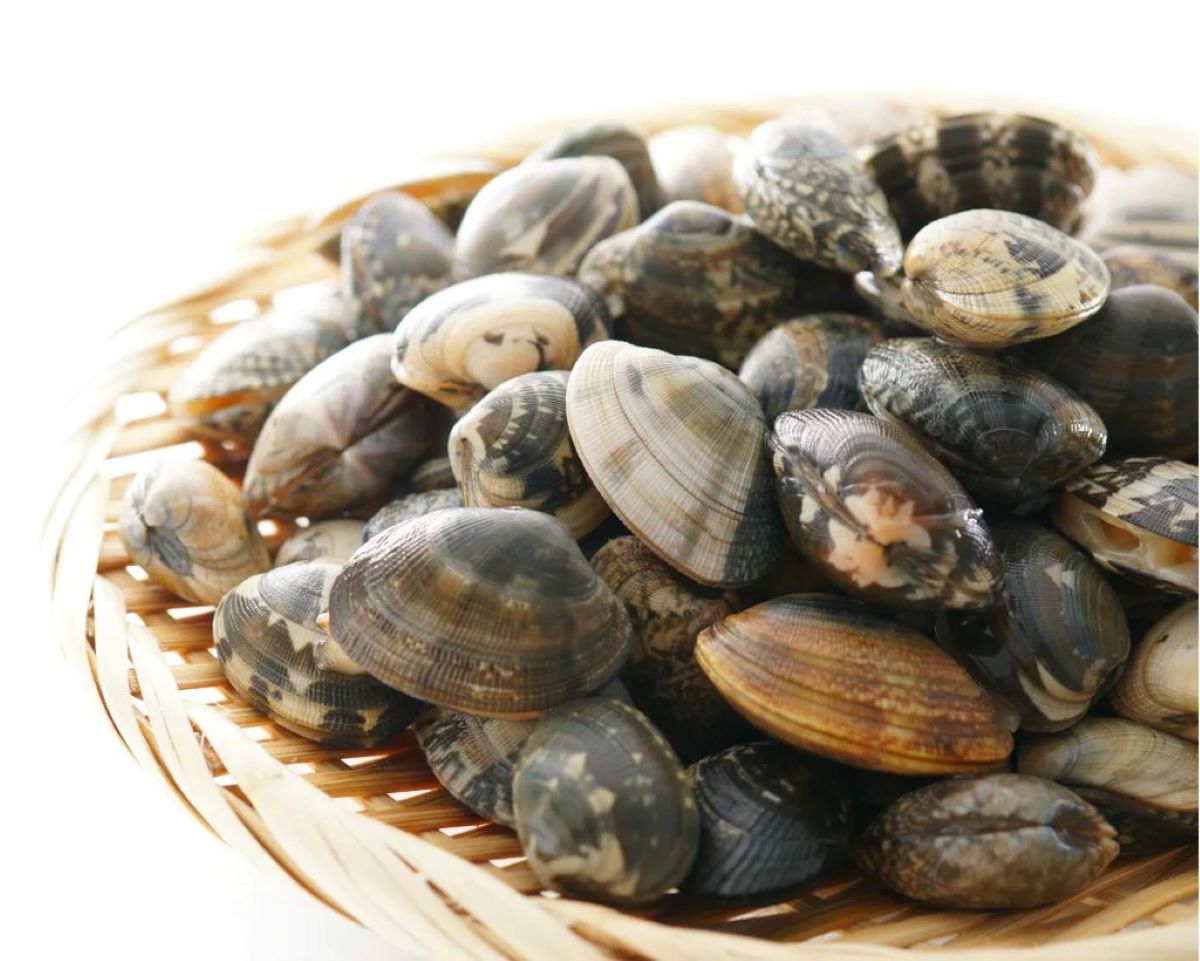
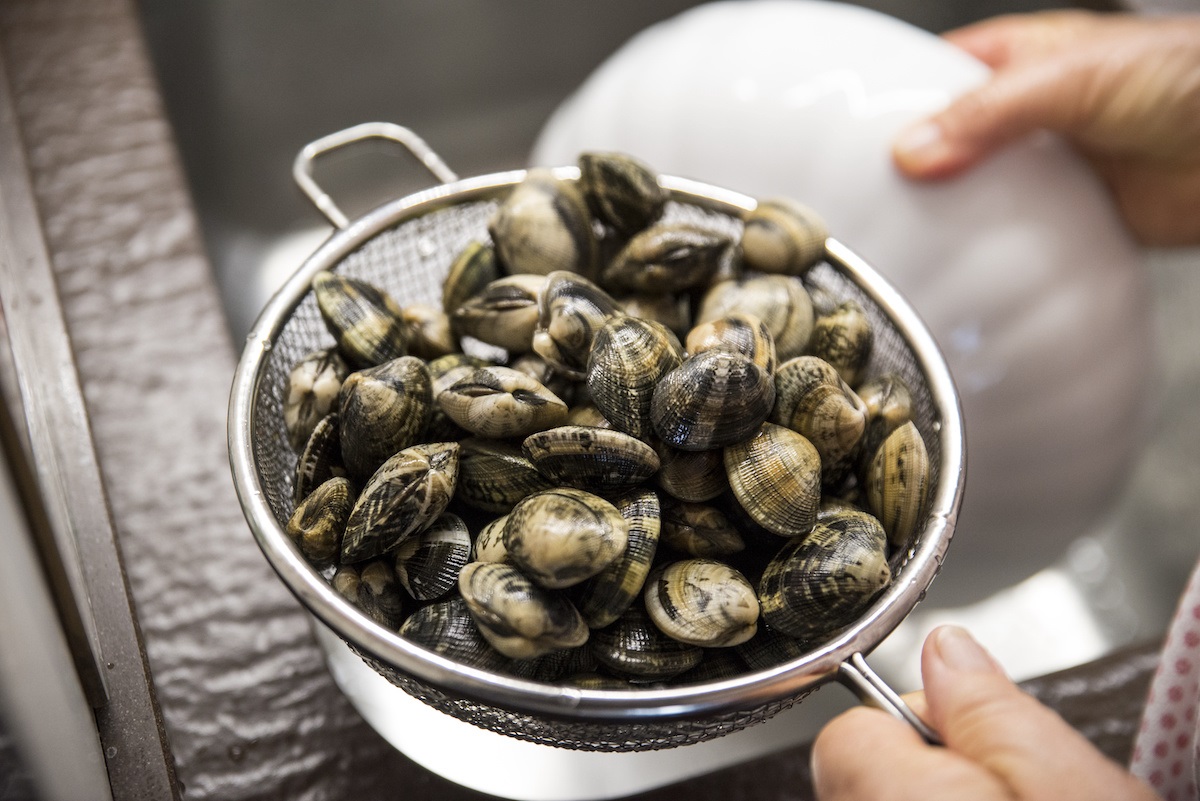
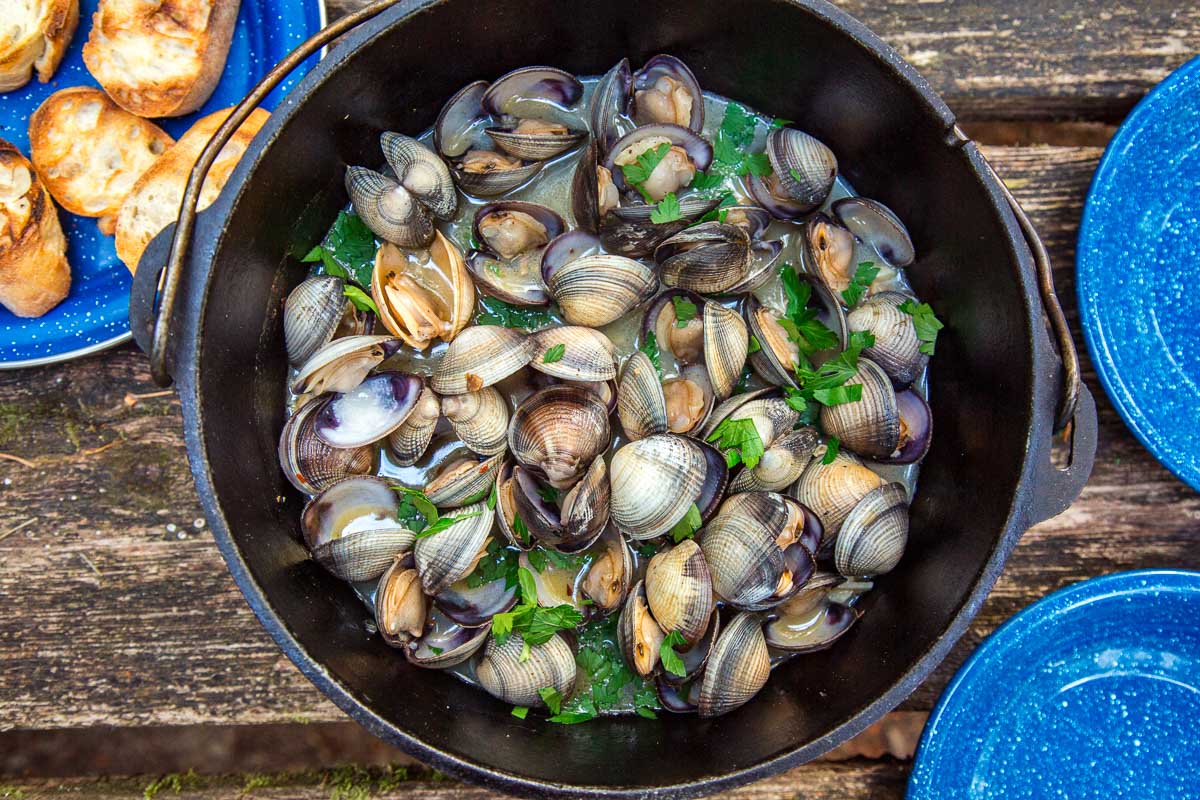
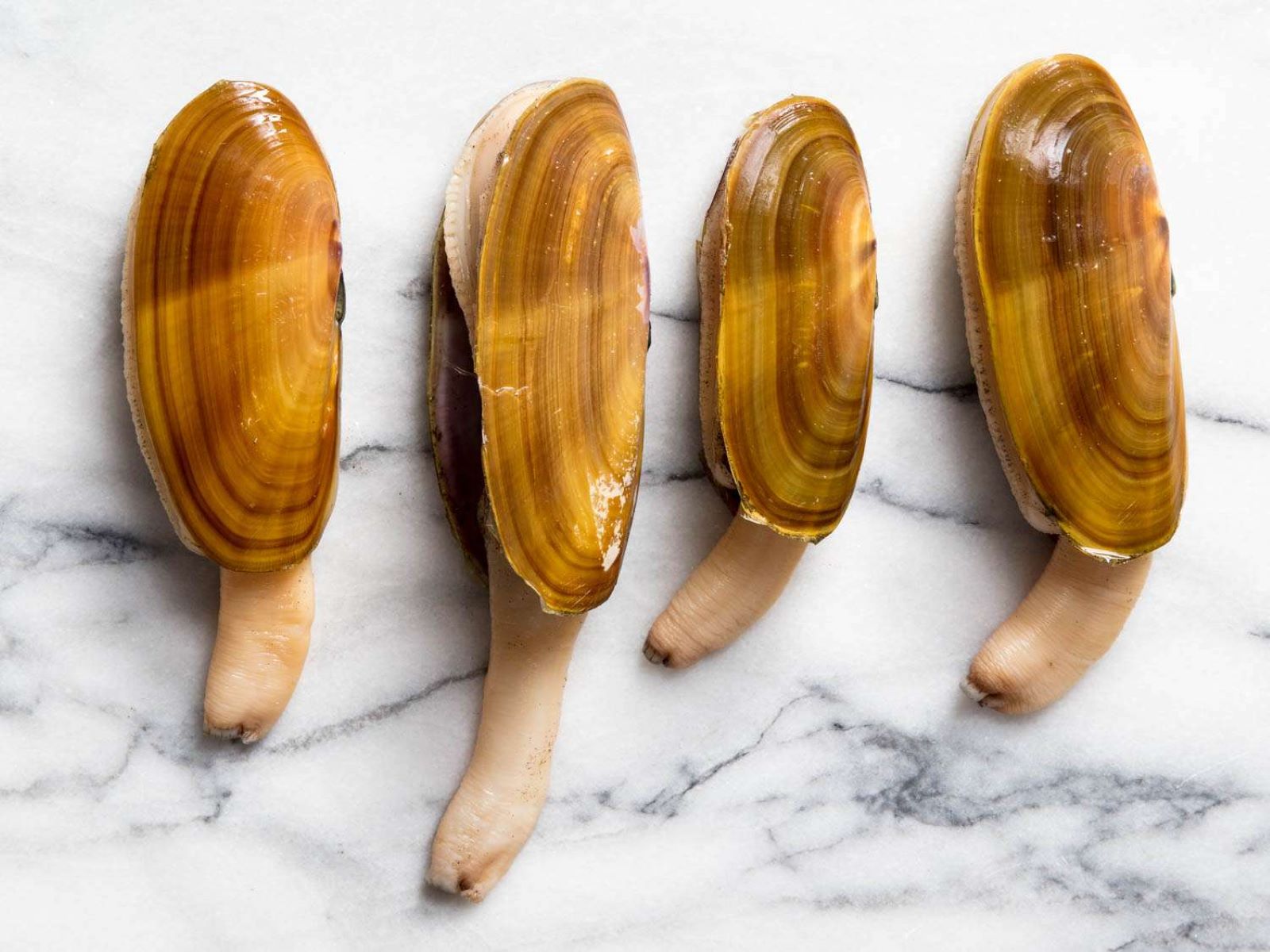
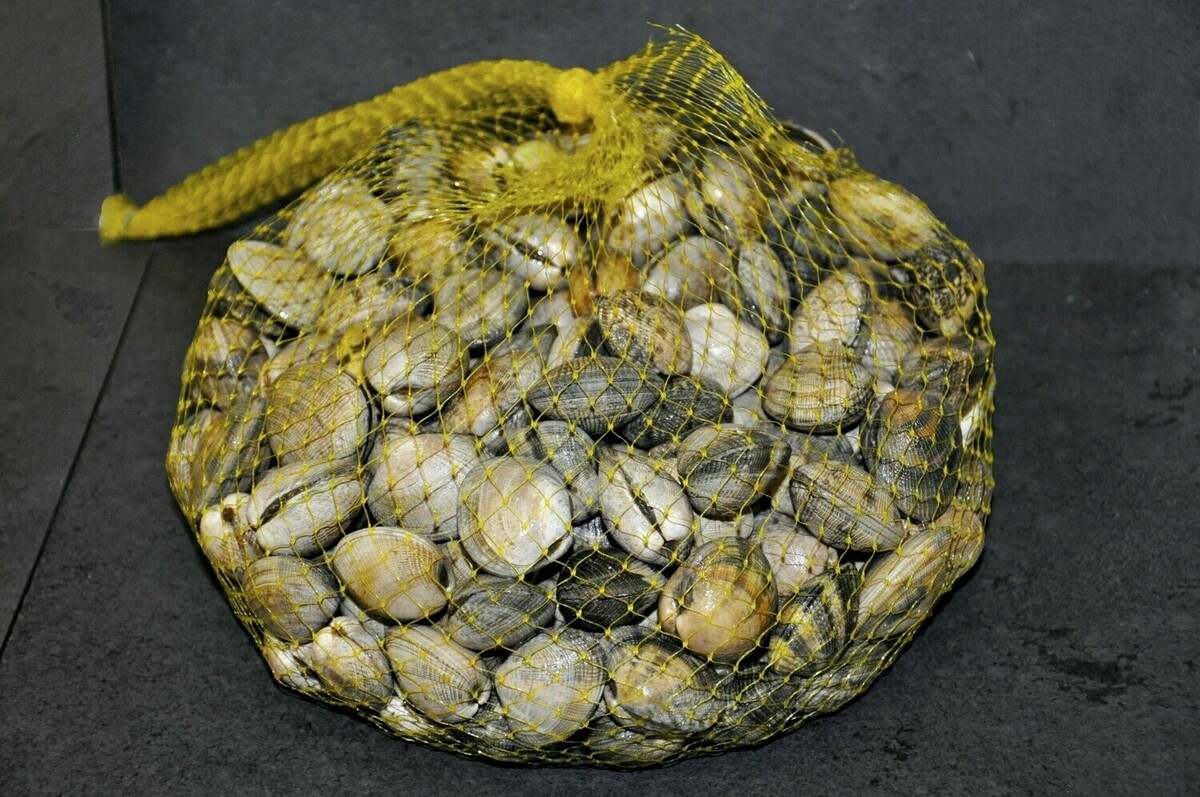
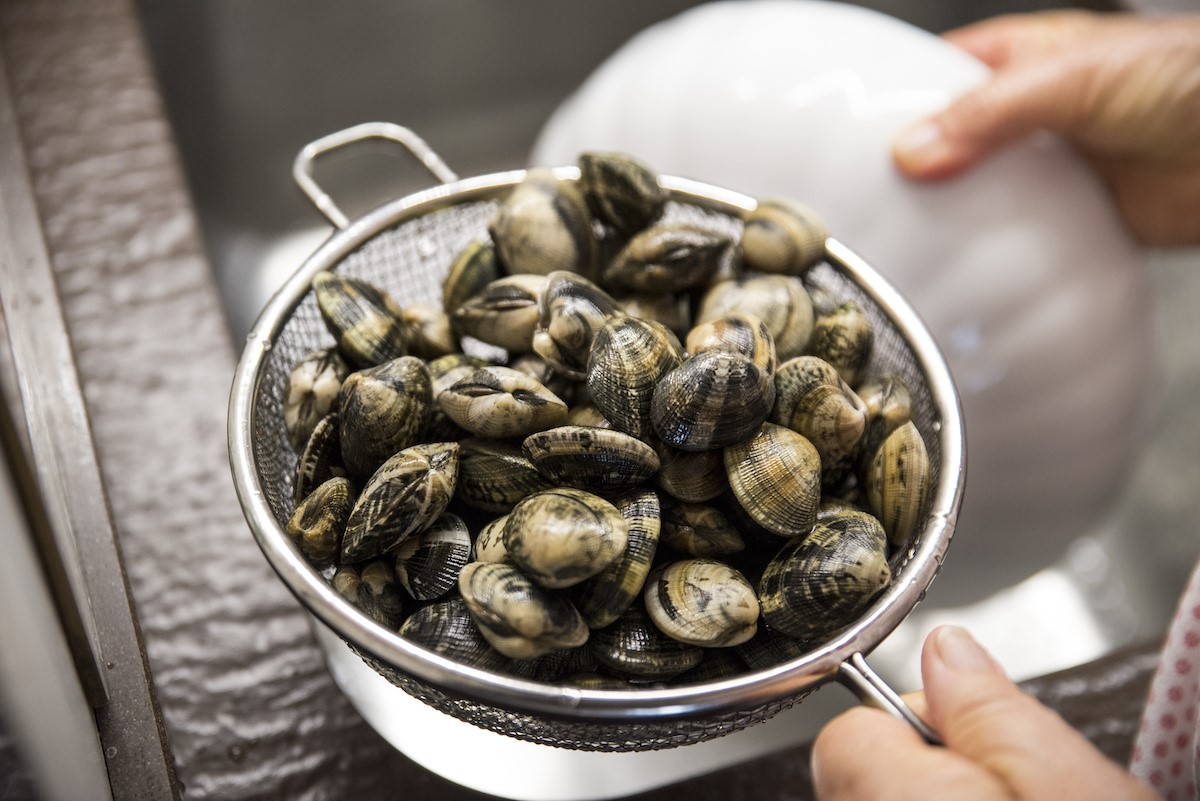
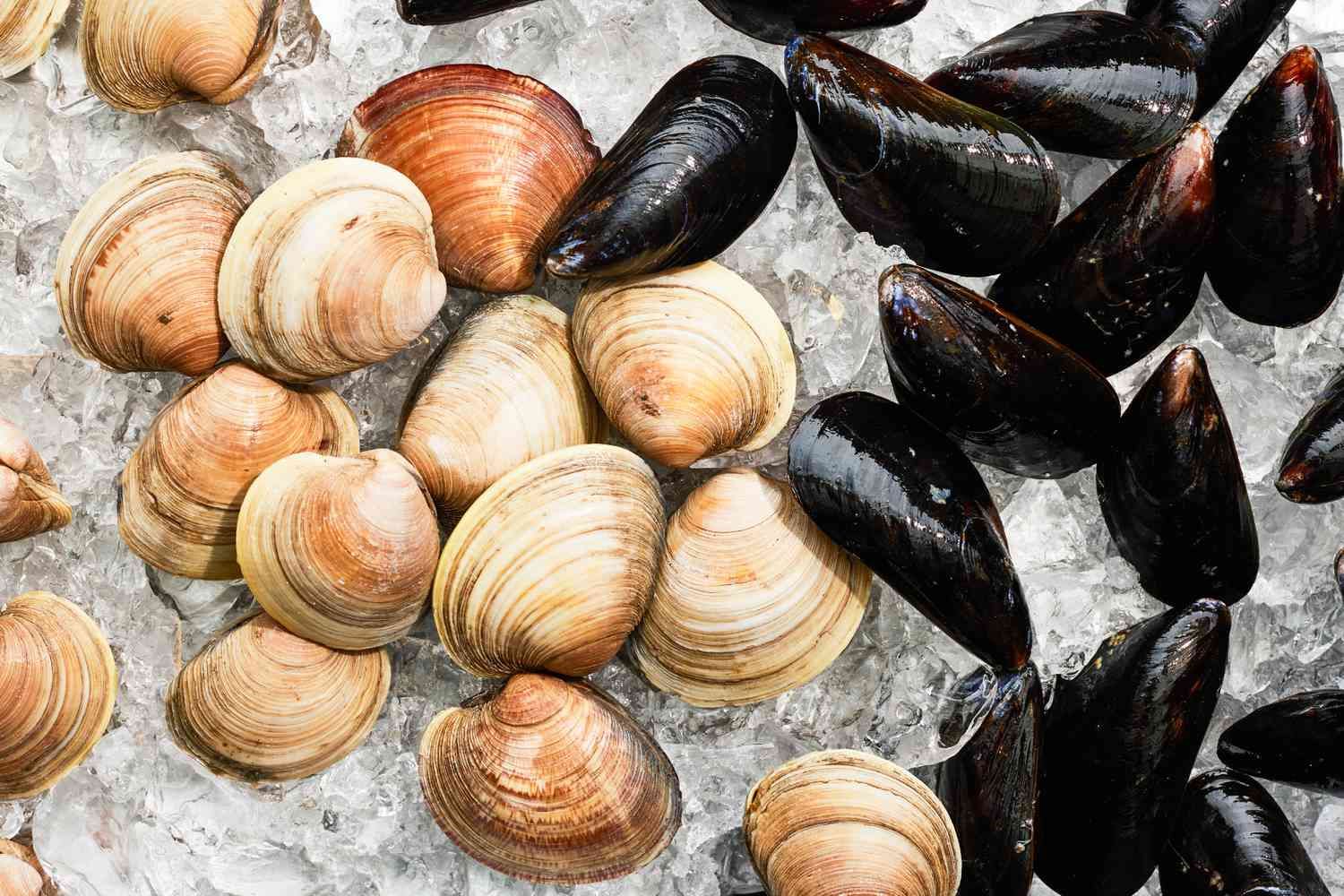
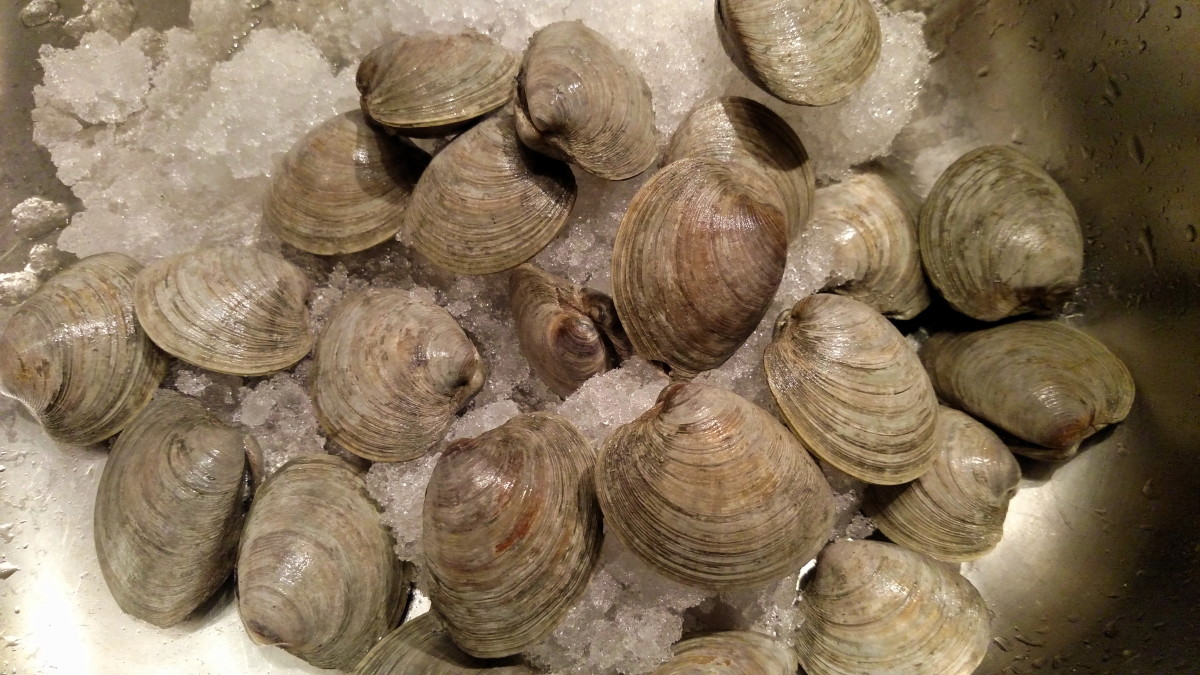
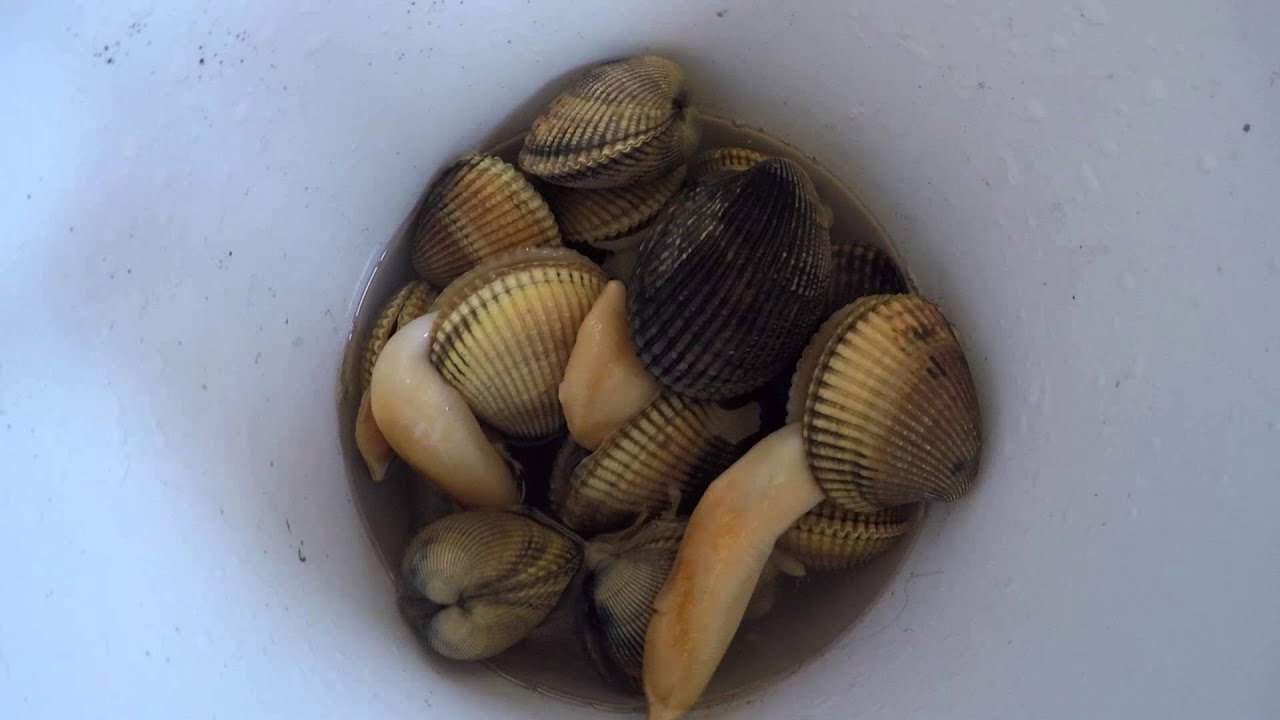
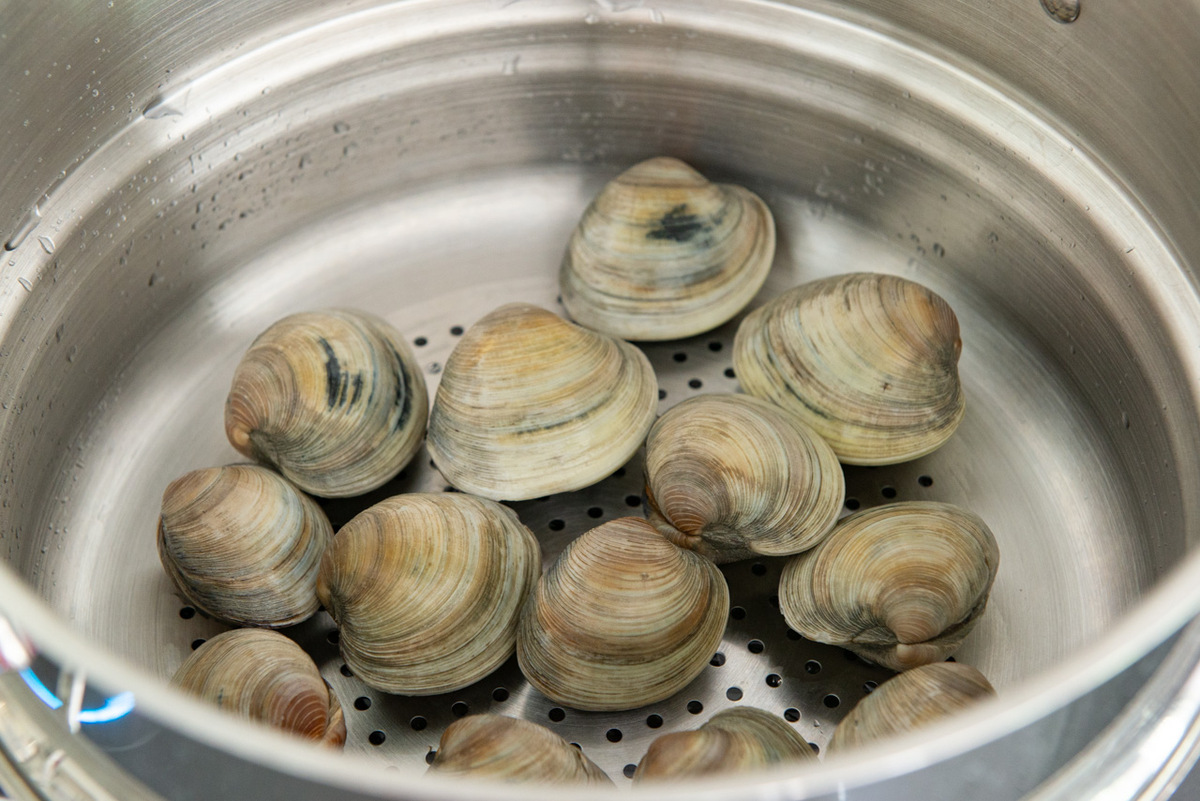
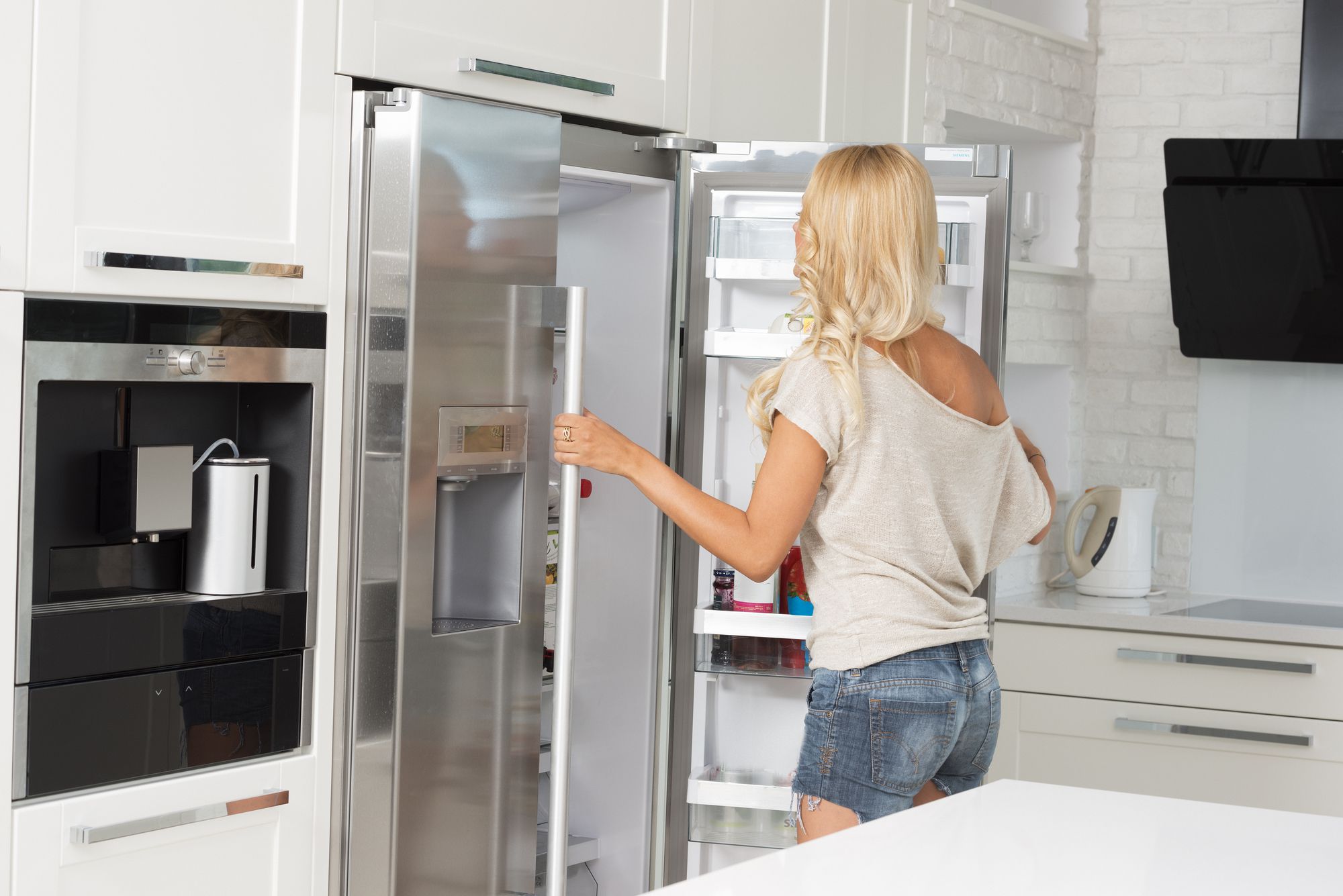

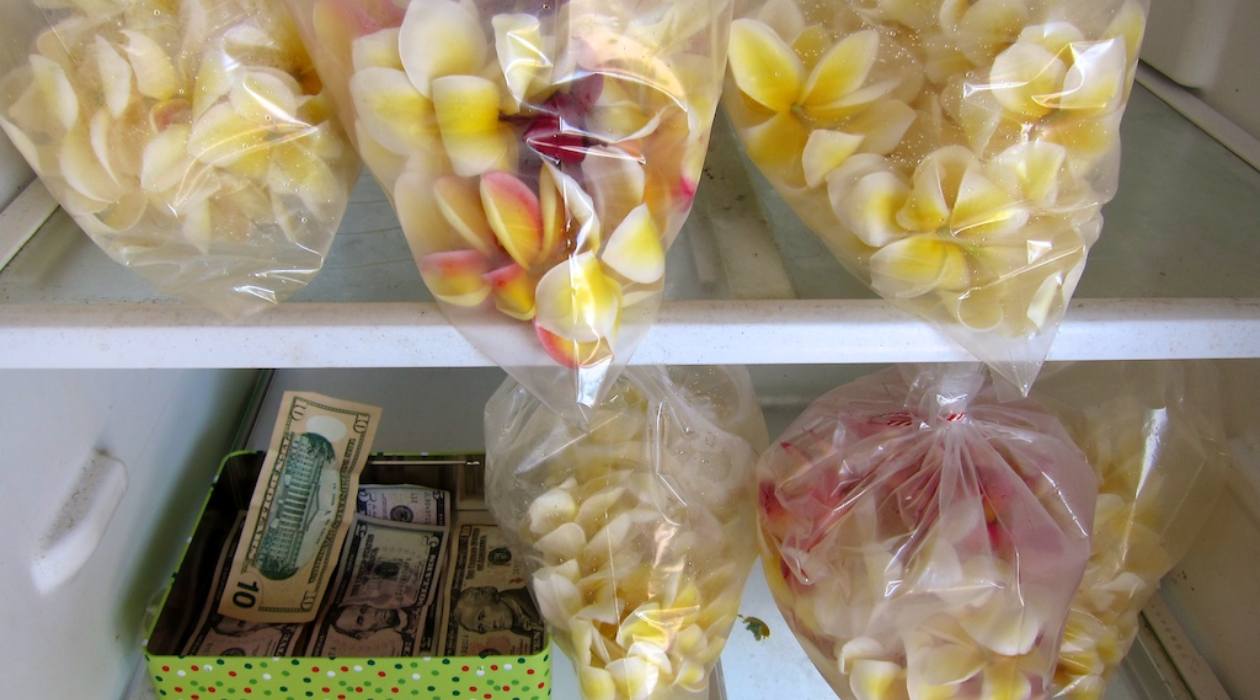
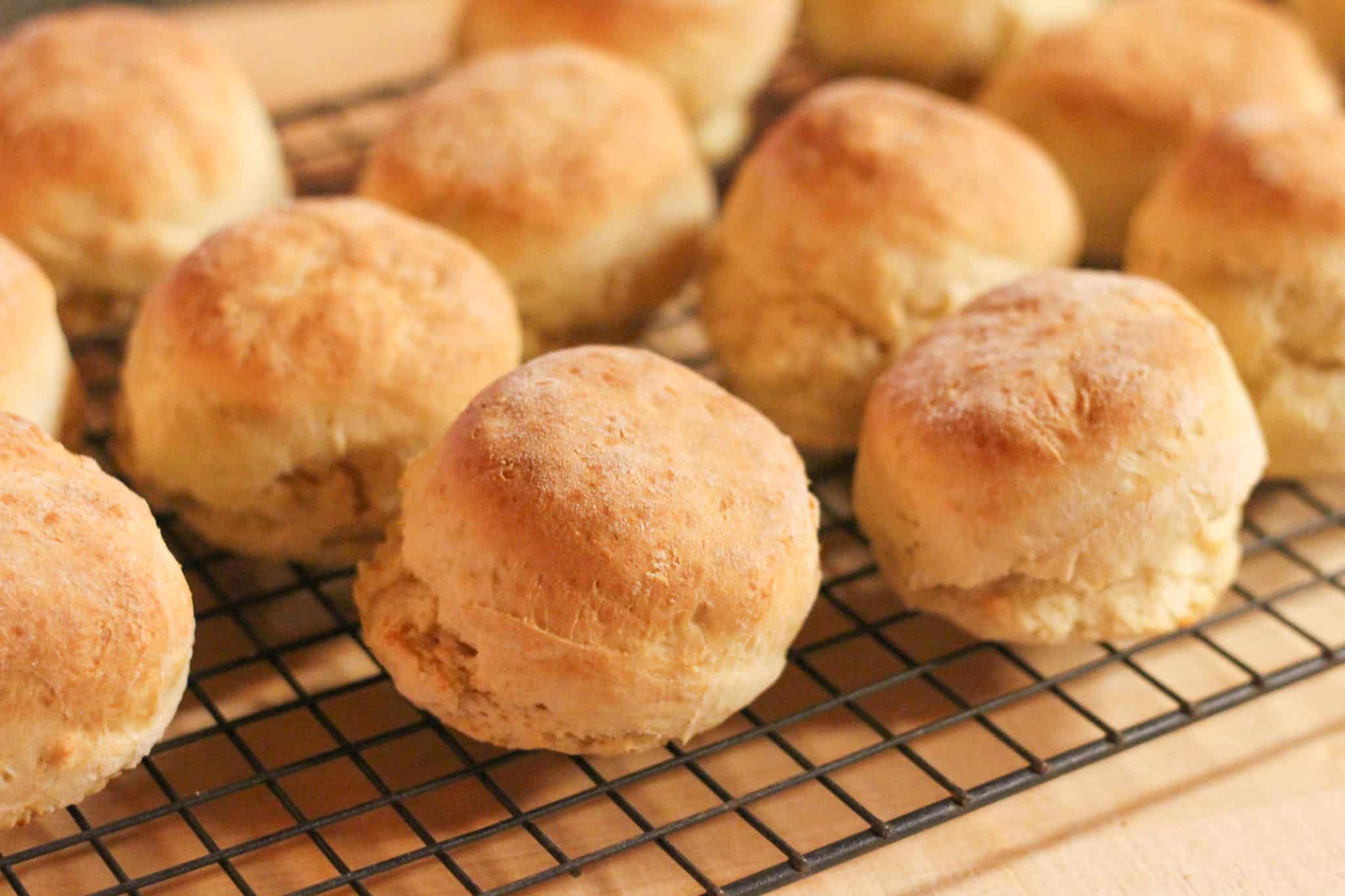

0 thoughts on “How To Store Little Neck Clams In Fridge”